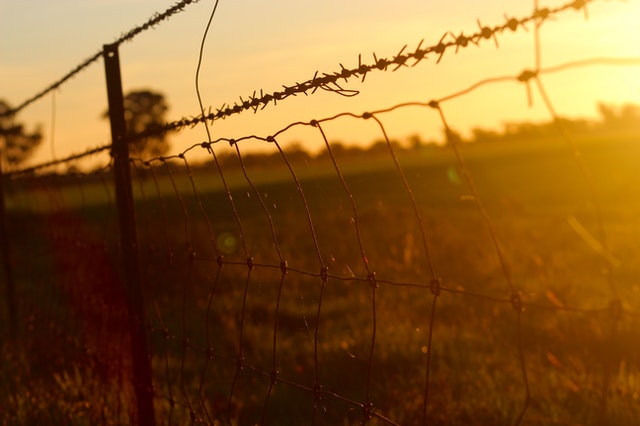We are in a season of constraint. As a pastor, we are constrained from gathering physically. We are constrained from using all the resources the Lord has given us – from the facility to the events we have had to cancel. We are constrained from lunch meetings where development conversations occur, from face-to-face counseling appointments, from weddings and funerals, and from so much more.
Asking if these constraints can be beautiful can seem shocking or even offensive. For some of us, me included, much of what we have known about the organization (or churches) we serve has been completely altered.
The phrase “beautiful constraint” comes from a book with that title authored by Adam Morgan and Mark Barden. In the book, they identify four types of constraints:
- Foundational constraints: limited in something foundational to the organization’s mission or success
- Resource constraints: limited in an important resource such as funding
- Time constraints: limited in the amount of time to accomplish something
- Method constraints: limited by having to do something in a certain way
Leaders and organizations have made their constraints beautiful. Zappos took a foundational constraint of not being able to try on shoes before purchasing and turned it into amazing customer service. When Southwest Airlines experienced a resource constraint of having one less plane of four planes (a 25% loss), they innovated on a dramatic ten-minute turnaround time to continue to carry the same number of passengers — which altered the whole future of the company. Constraints can make us more creative and more effective. Constraints can be fertile ground for innovation and new opportunities.
We are in a moment where multiple constraints have converged on organizations and their leaders. In seemingly one moment, all four of those constraints converged on ministry leaders. Gathering is foundational, even theological, to who we are. Resources are a challenge because people often give when they gather. We have limited time to respond to the crisis and many of our methods are unable to be utilized in this season.
What type of leader can view constraints as beautiful and maximize those constraints for greater effectiveness? In their A Beautiful Constraint book, Morgan and Barden confess that their hypothesis initially was that there are three types of people:
- Victim: Someone who lowers their ambition when faced with a constraint
- Neutralizer: Someone who refuses to lower ambition, and finds another way.
- Transformer: Someone who uses the constraint as an opportunity.
Their research and experience convinced them that these are stages and not types of people. When faced with a constraint, we can progress from victim to neutralizer to transformer.
- When we are in the victim stage, we deny the constraint or lower our ambition.
- When we are in the neutralizing stage, we work around our constraints.
- When we are in the transformer stage, we use the constraint to prompt different and potentially breakthrough approaches and solutions.
As leaders, we must move as quickly as we can to the transformer stage. We must believe that there are great moments in the midst of the constraint. We must be learners in this season. And we must be committed to our mission so much that we are compelled to make the best use of everything.
The phrase “best use of everything” comes from Dietrich Bonhoeffer. He wrote, “I believe that God can and will bring good out of evil, even out of the greatest evil. For that purpose, he needs men who make the best use of everything.” While Bonhoeffer was constrained in prison, he wrote theology, encouraging letters, and shared the gospel with guards. He took the constraint and “made the best use of everything.” May we as well.






